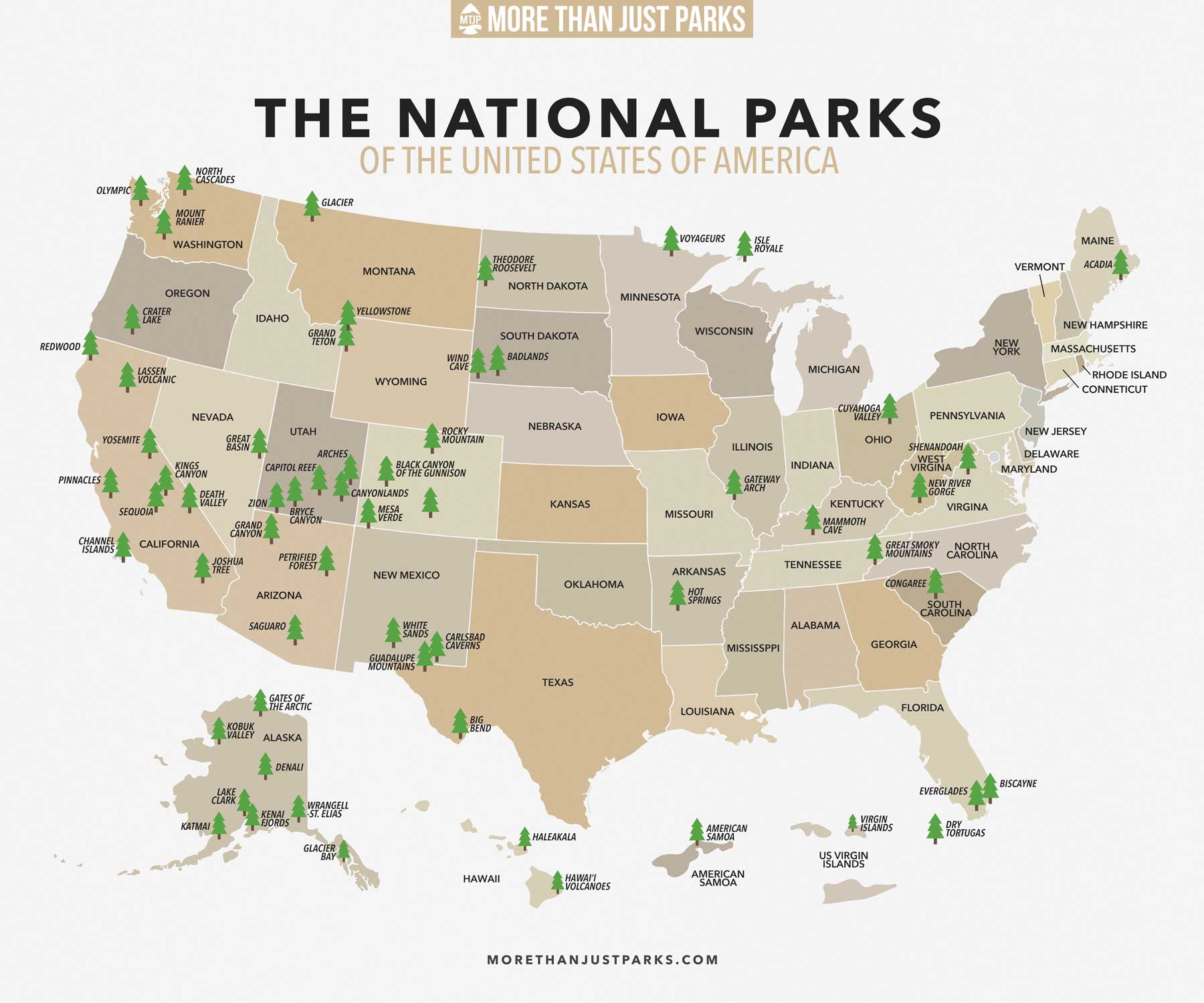
So just what is a national park anyway? Some of you reading this may be thinking you already have this figured out, but do you really?
We’ve found that there’s actually quite a bit of confusion out there about what exactly qualifies as a “national park” in the United States, so we’ve set out to clear that up.
National Parks vs The National Park Service
In the United States national parks are administered by the National Park Service, a federal agency within the Department of the Interior.
Along with national parks like Yellowstone and Great Smoky Mountains, the National Park Service also administers other sites like:
Gettysburg National Military Park, Golden Gate National Recreation Area, Jimmy Carter National Historical Park, Devils Tower National Monument, Pictured Rocks National Lakeshore, and many, many others – 424 to be exact!
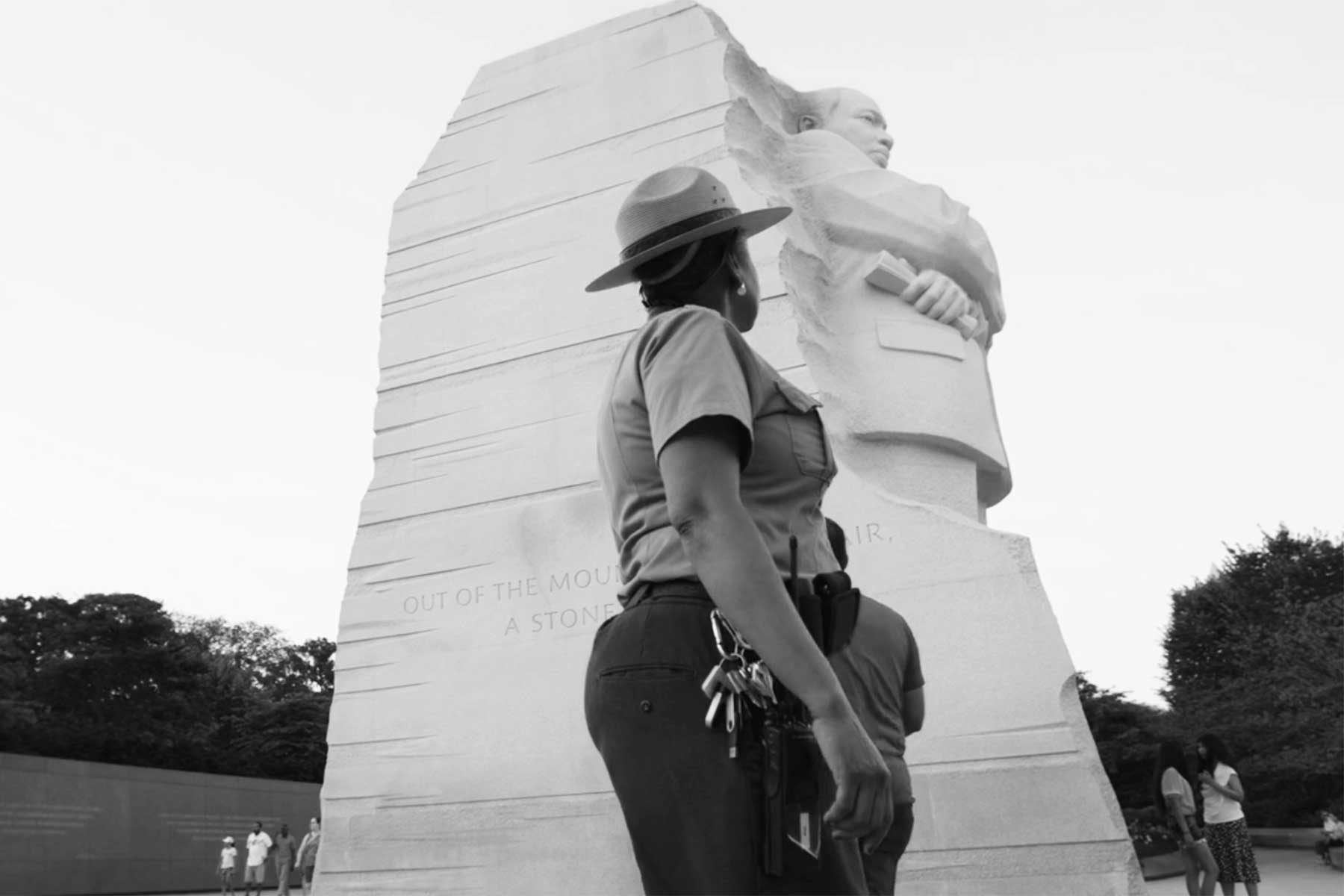
The National Park System
Together, all of these sites (called “units” in federal parlance) comprise what is known as the national park system.
There are many different types of designations within the national park system, like national monuments, national historical parks, national battlefields, national historic sites, national parks, and so on.
Each one of these specific designations carries with it a different meaning, a different type of administration, and affords the area different levels of protection.
What’s in a name? That which we call a rose by any other name would smell as sweet.
Juliet to Romeo in Shakespeare’s Romeo & Juliet
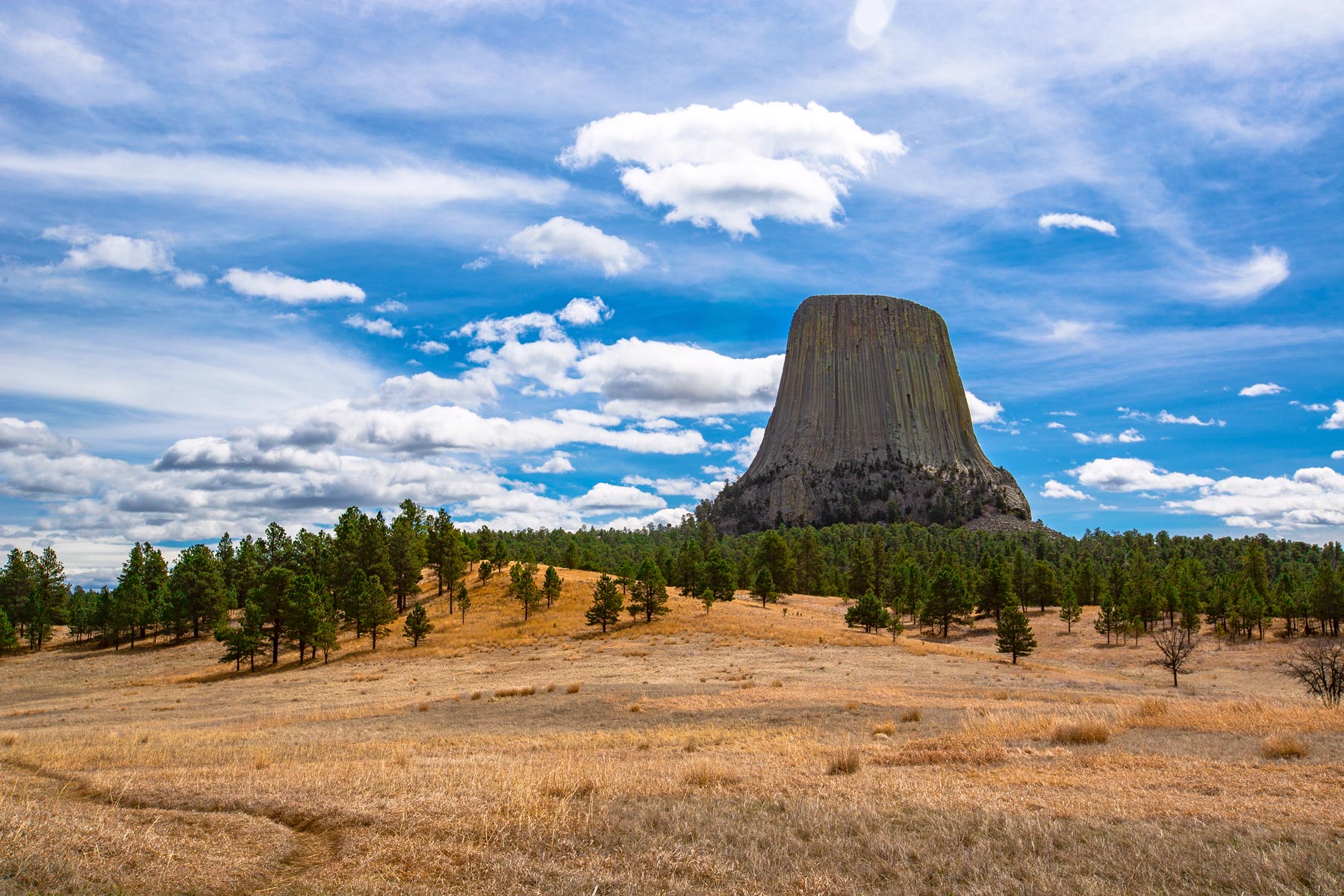
For a full list of all the national parks see our post: LIST of NATIONAL PARKS by State (Checklist) + Free National Parks Map
Names of National Park Service Sites
Look at the name of the site carefully. The name of the National Park Service unit tells you the designation. For instance, Devils Tower National Monument is not a national park, it’s a national monument.
Fort Laramie National Historic Site is not a national park, it’s a national historical site. These distinctions actually can make a significant difference in how the unit was established and how it is managed.
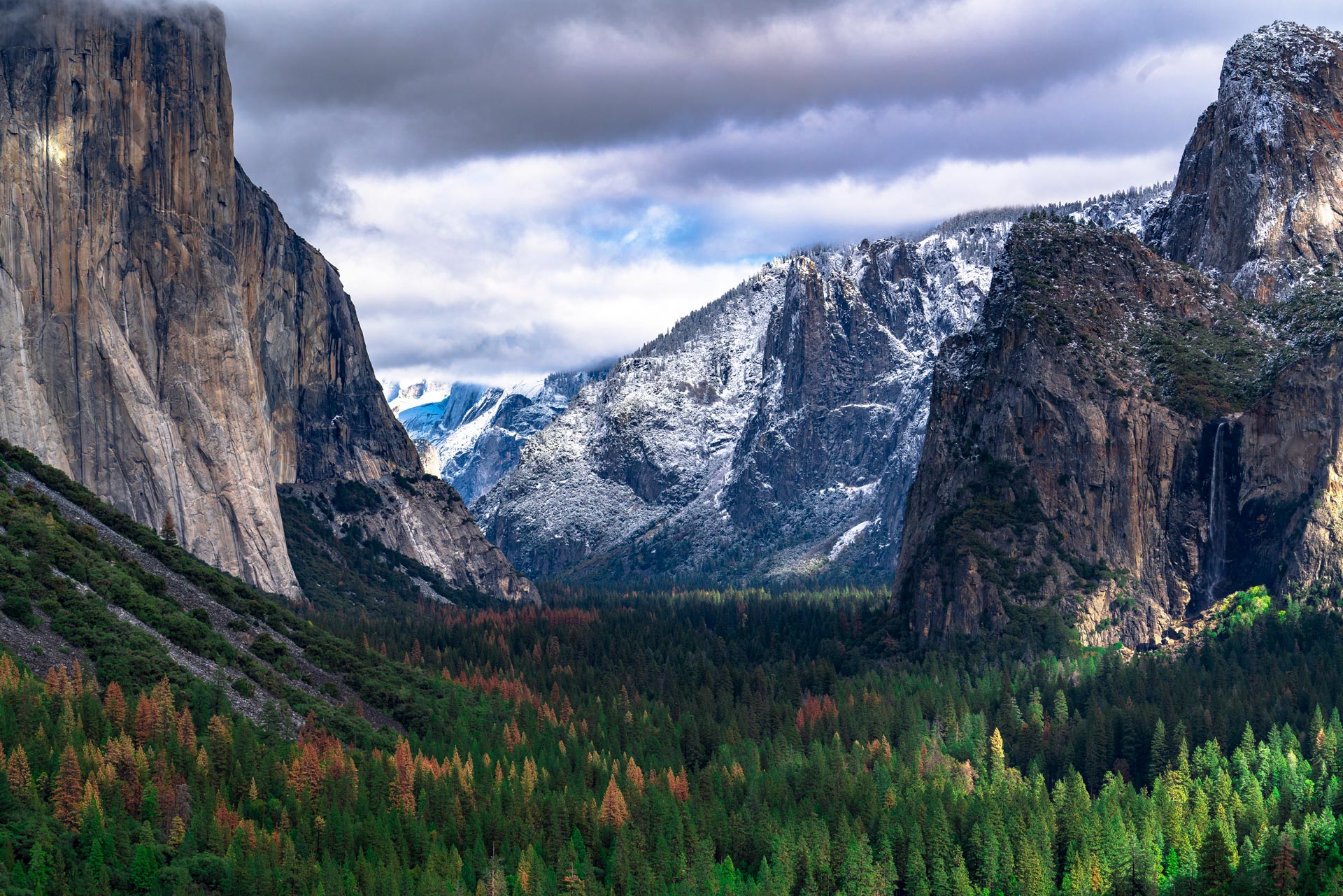
There Are Only 63 National Parks
To be clear, there are only 63 national parks. National parks can only be designated by an act of congress – unlike many other units in the national park system which can gain their designation through executive action or even secretarial orders.
National historical parks, for instance, are not national parks, even though they contain the phrase “national park” in their title.
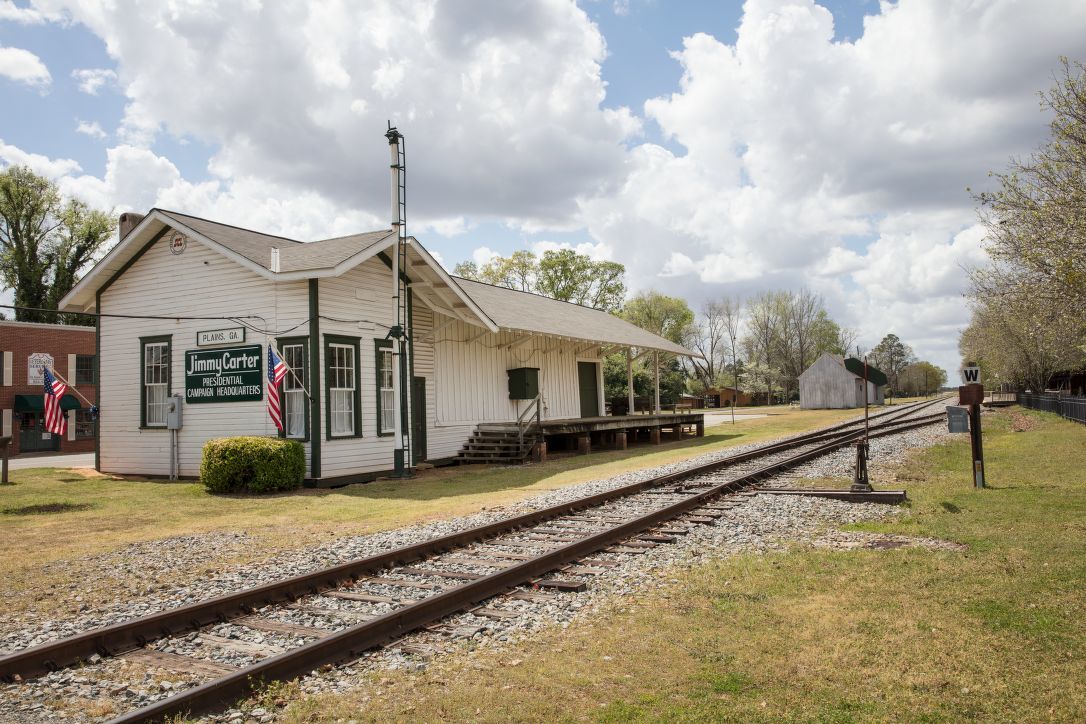
No, A National Historical Park is Not a National Park
The same goes for national preserves, national monuments, national seashores, national military parks, national rivers, and anything else that is not simply named “[Insert Title] National Park”.
Don’t get us wrong, these are incredible places, but they’re just not “national parks”.

But Just What Are These Other Designations?
We’re so glad you asked! Check out the breakdown below sourced directly from the National Park Service.
National Monument
The Antiquities Act of 1906 authorized the President to declare by public proclamation landmarks, structures, and other objects of historic or scientific interest situated on lands owned or controlled by the government to be national monuments.
Source: National Park Service
National Preserve
National preserves are areas having characteristics associated with national parks, but in which Congress has permitted continued public hunting, trapping, oil/gas exploration and extraction. Many existing national preserves, without sport hunting, would qualify for national park designation.
Source: National Park Service
National Historical Park
This designation generally applies to historic parks that extend beyond single properties or buildings.
Source: National Park Service
National Historic Site
Usually, a national historic site contains a single historical feature that was directly associated with its subject. Derived from the Historic Sites Act of 1935, a number of historic sites were established by secretaries of the Interior, but most have been authorized by acts of Congress.
Source: National Park Service
National Seashore
Ten national seashores have been established on the Atlantic, Gulf and Pacific coasts; some are developed and some relatively primitive. Hunting is allowed at many of these sites.
Source: National Park Service
National Battlefield
This general title includes national battlefield, national battlefield park, national battlefield site, and national military park. In 1958, an NPS committee recommended national battlefield as the single title for all such park lands.
Source: National Park Service
National Recreation Area
Twelve NRAs in the system are centered on large reservoirs and emphasize water-based recreation. Five other NRAs are located near major population centers. Such urban parks combine scarce open spaces with the preservation of significant historic resources and important natural areas in location that can provide outdoor recreation for large numbers of people.
Source: National Park Service
National River
There are several variations to this category: national river and recreation area, national scenic river, wild river, etc. The first was authorized in 1964 and others were established following passage of the Wild and Scenic Rivers Act of 1968.
Source: National Park Service
National Trail
National scenic trails and national historic trails are the titles given to these linear parklands (over 3,600 miles) authorized under the National Trails System Act of 1968.
Source: National Park Service
National Lakeshore
National lakeshores, all on the Great Lakes, closely parallel the seashores in character and use.
Source: National Park Service
National Parkway
The title parkway refers to a roadway and the parkland paralleling the roadway. All were intended for scenic motoring along a protected corridor and often connect cultural sites.
Source: National Park Service
National Memorial
A national memorial is commemorative of a historic person or episode; it need not occupy a site historically connected with its subject.
Source: National Park Service
National Cemetery
There are presently 14 national cemeteries in the National Park System, all of which are administered in conjunction with an associated unit and are not accounted for separately.
Source: National Park Service
The National Park System is Amazing
The national park system is full of incredible places that constitute the all-important natural and cultural heritage of the United States.
These special places, from Gettysburg National Military Park to Yosemite National Park, are of immense importance and are equally deserving of preservation and management that fits their unique place in the story of this country.
So whether your favorite national park service unit is a national park, a national monument, a national recreation area, or any other type of designation, the point is they’re all important, but there’s only 63 congressionally-designated “national parks”.
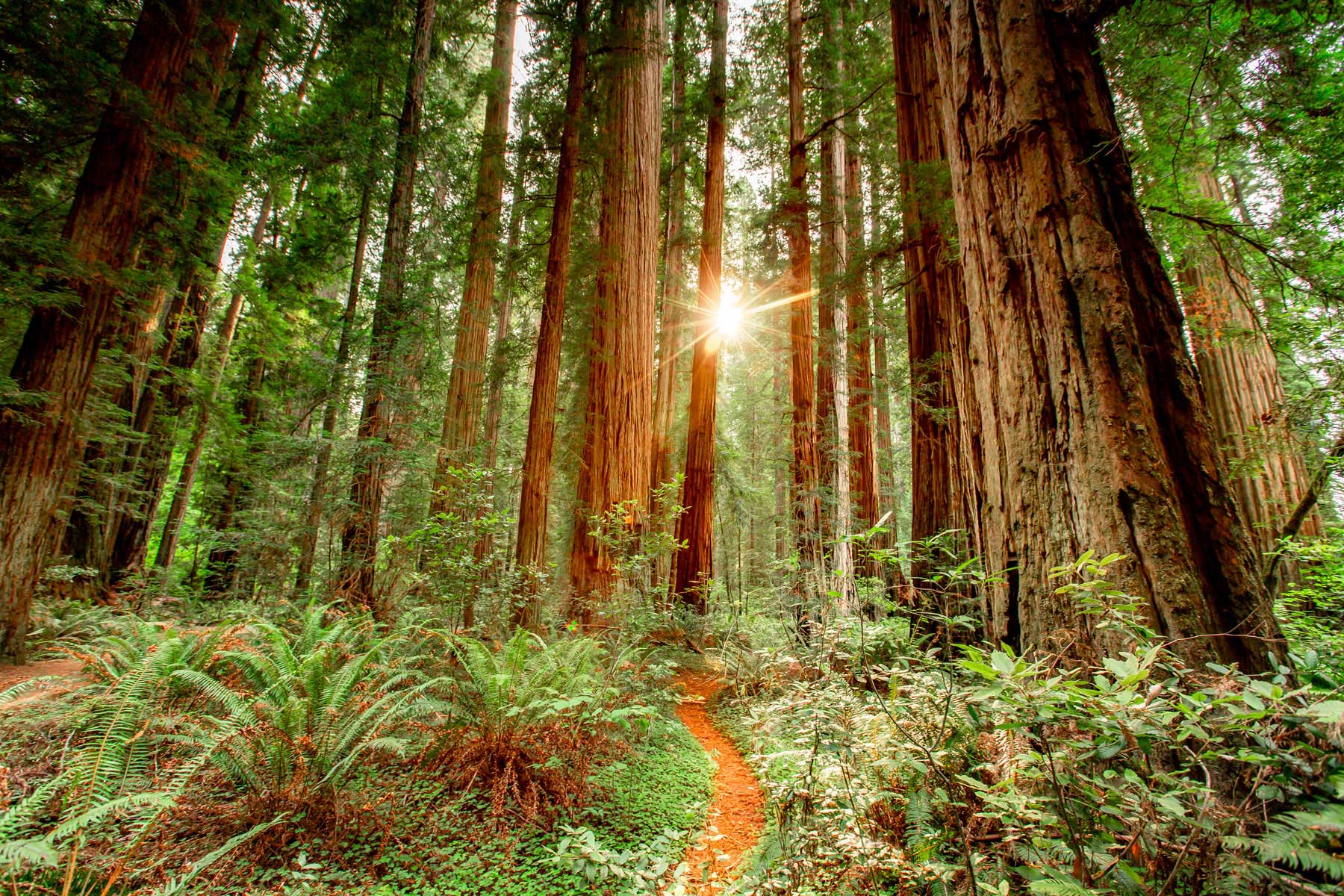
Other Land Management Agencies
One more fun caveat! Certain sites, like some national monuments and national recreation areas, are not managed by the National Park Service and are instead managed by the U.S. Forest Service or the Bureau of Land Management.
Some of these include Mount St. Helens National Volcanic Monument (USFS), Oregon Dunes National Recreation Area (USFS), Carrizo Plain National Monument (BLM), among many others.
RELATED: National Forest vs National Park (Here’s the Difference)
Rules and protections for public lands vary greatly depending on the designation and the land management agency that administers the site.
While the National Park Service typically provides sites with the most protection, the Bureau of Land Management usually provides sites with the least protection. The Forest Service can vary, but is typically somewhere in between.
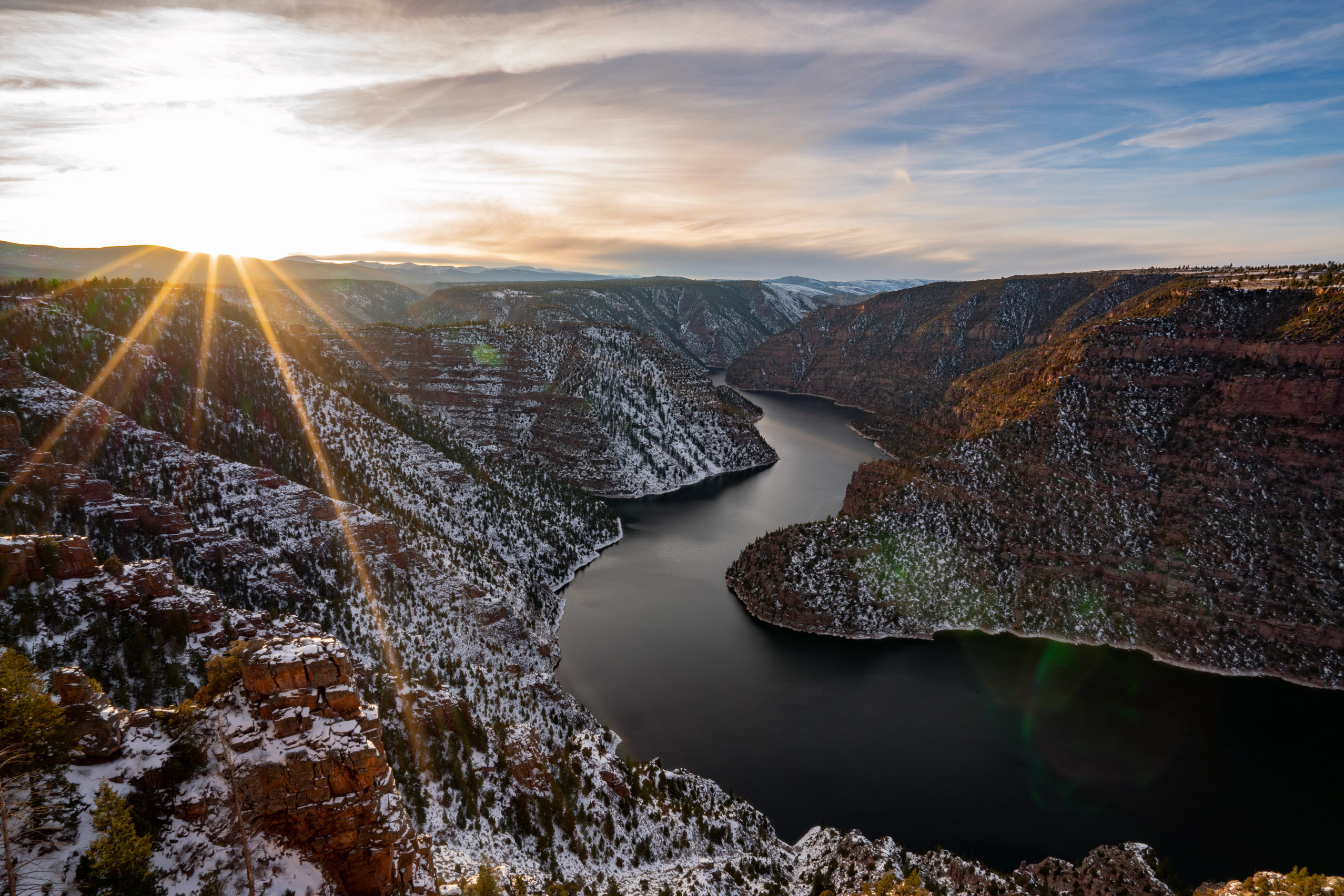
Further Reading on National Park Service Designations
- ALL 63 National Parks Ranked (Best to Worst)
- National Forest vs National Park (Here’s the Difference)
- [NEW] MAP & LIST of National Parks By State (Printable + Checklist)
- How Many National Parks Are There?
What’s Your Favorite National Park Service Unit?
Tell us your favorite NPS unit! It can be a National Park, a National Monument, a National Battlefield, or any other designation! Whatever it is we want to hear what makes it special to you. Tell us by leaving us a comment below!
See Our Full National Park Rankings
We actually ranked ALL 63 National Parks from best to worst using the same point system featured in this article here. Curious to see how Utah’s parks stack up against the rest of the parks nationwide? Click here!
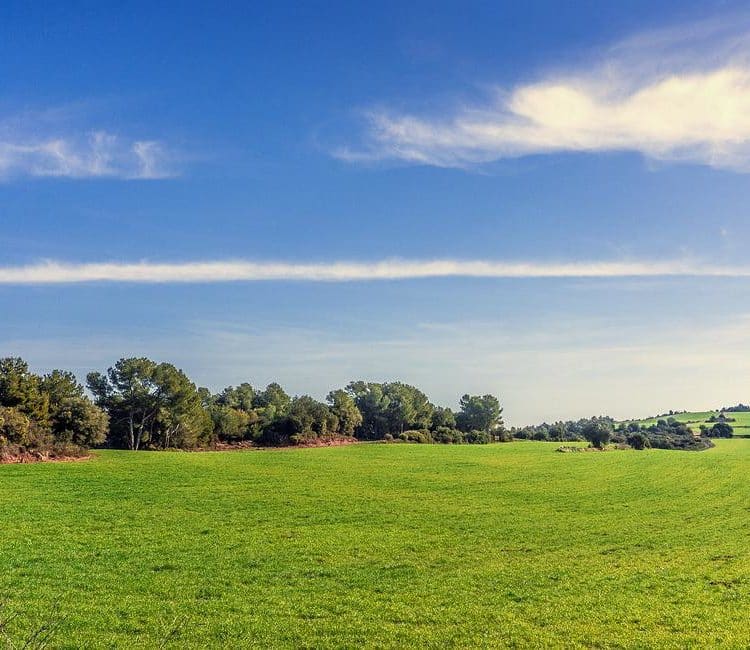

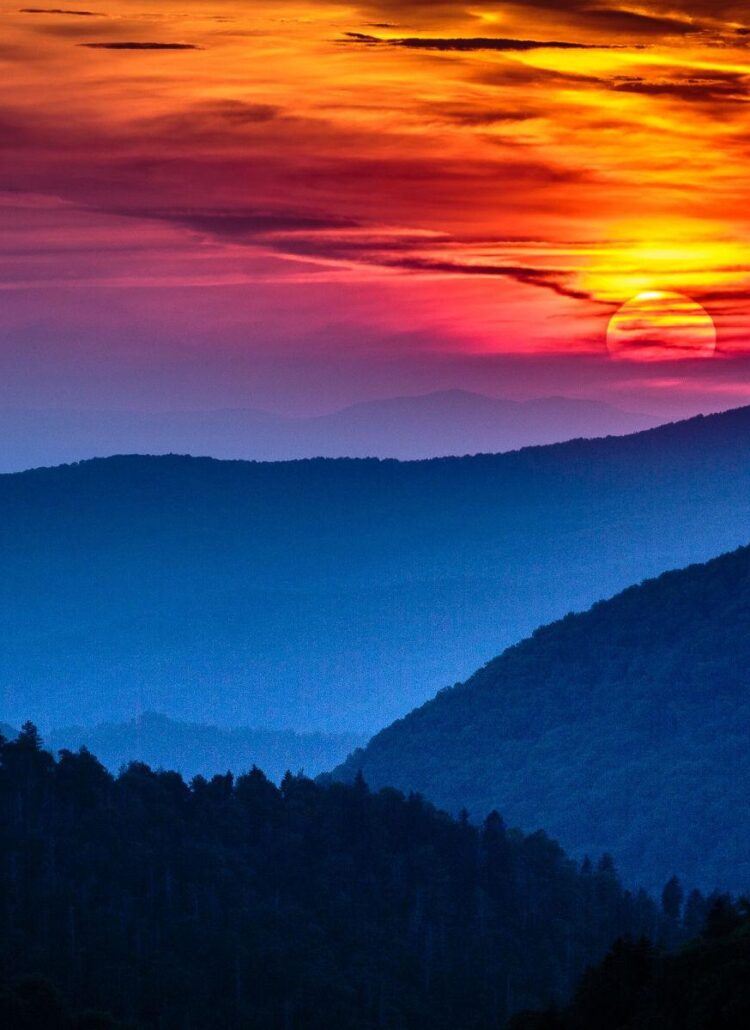
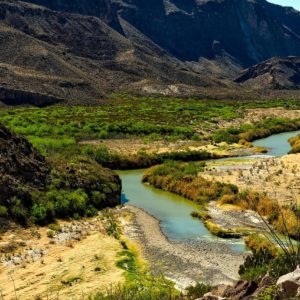

Thanks for the article. I have visited many NPS units. I think that many of the units that are not technically “National Parks” have a similar character to National Parks and are different in name only.
I am thinking of those units that protect a large amount of open space that can be used for nature-oriented recreation and host intact ecosystems. Many of the National Lakeshores and National Seashores fit this notion – for example, a visitor to Pictured Rocks National Lakeshore has an experience very similar to visiting an official “National Park”.
Some of the larger National Monuments in the west, such as Organ Pipe Cactus, fit this mold as well. Other units that focus on history or culture, such as Gettysburg National Battlefield or the National Mall, are clearly different.
Very fine article but I would also like to see the small list of the criteria for getting a National Park designated into the system. What are the basic attractions? Who may submit a request for a National Park? How is congress involved? Does the President have to sign the order?
I have visited 54 of the 63 National Parks and had a fine list of the criteria which I can no longer find. I keep a very definite list of which park, which state, when visited, who accompanied me. I started this project upon visiting Acadia in 2002 but had previously been to Yellowstone several times plus several other of the Parks. It is my designation process that started with Acadia. Actually I have visited 58 of the parks but not fully documenting the 4 not accounted in my list.
Thank you for any help you might provide.
Bill Hoffman
Bill, this is an excellent suggestion! We’ll add it to our to-do list to put a section in here addressing those very relevant questions on the formation of a park. Thanks for dropping us a note and congrats on your impressive total of parks visited! Which one’s do you have left?